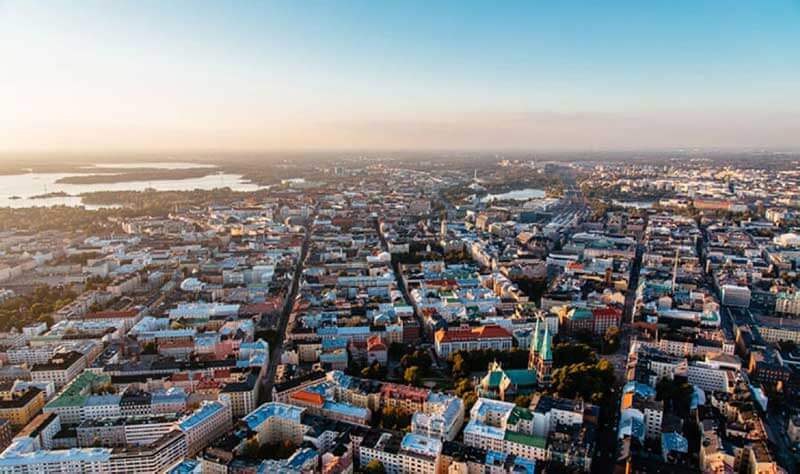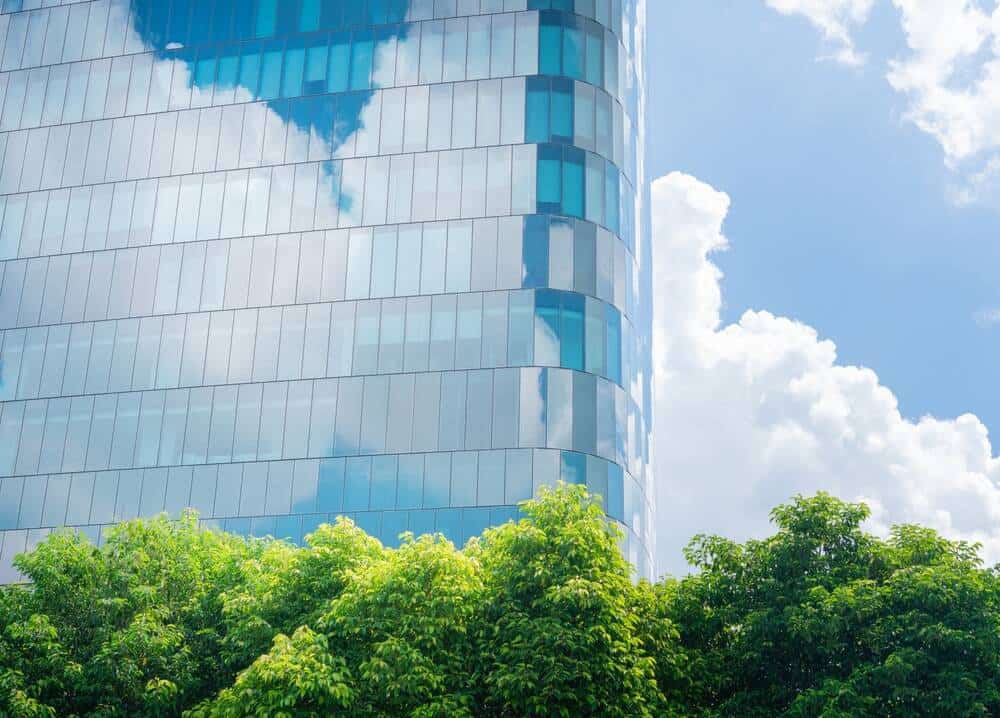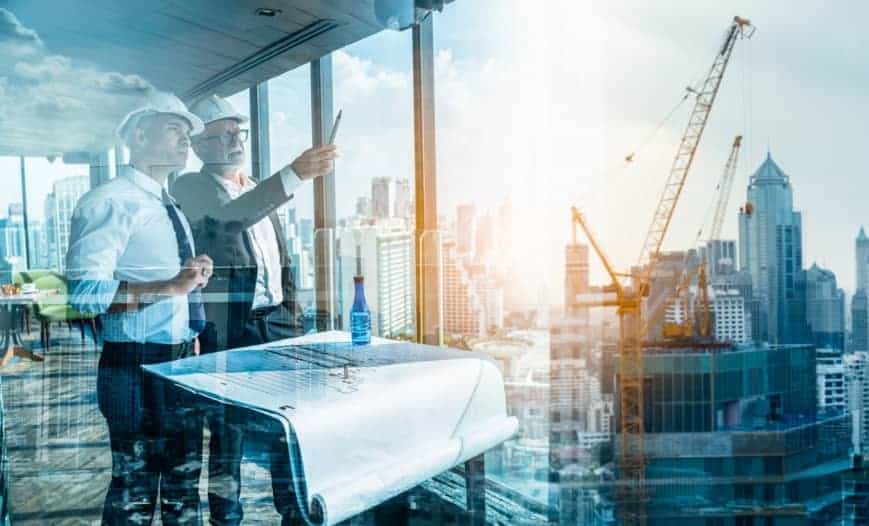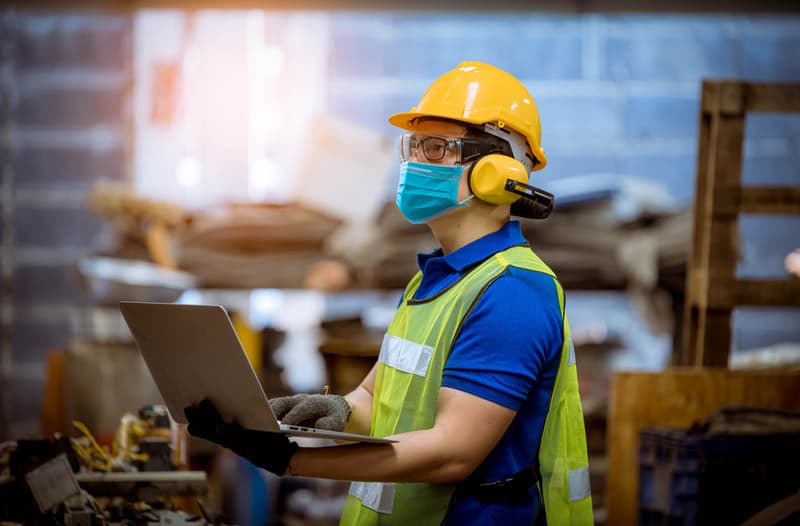- Helsinki is maintaining their low-rise skyline above ground by going… underground
- The Svalbard Global Seed Vault: Noah’s ark for the earth’s flora and fauna
- RÉSO, Montreal – the largest subterranean complex in the world
- In the process of being built: The Shimao Wonderland Intercontinental in China
- The Lowline, New York: first underground park in the world is nearing completion
- Further into the future: Mexico City’s inverted, subterranean pyramid
- Exploring the subterranean should feature high on our list of priorities
The ever increasing population, pollution issues and looming climate disasters are real concerns which require real solutions. With two-thirds of the population estimated to live in cities by the year 2050, the availability of land will increasingly limited. In the future, we will focus on building upward, with skyscrapers reaching unprecedented heights. But what if, due to unforeseen global events, life on earth is no longer an option? In previous articles we discussed space colonisation and the feasibility of underwater living. But what about subterranean living? Extreme weather conditions are likely to become the norm and the climate in underground complexes or cities is much easier to control than above ground. This is particularly appealing in areas with scorching summers and harsh winters. But also in hurricane-prone areas or areas with high pollution levels, underground complexes could be the perfect solution. There are a number of existing subterranean projects, such as parks and hotels, with further, more futuristic concepts being dreamed up as we speak. Think 75-storey inverted pyramids, for instance.
1. Helsinki is maintaining their low-rise skyline above ground by going… underground
In order to curb the urban sprawl, leave a limited carbon footprint and maintain the low-rise skyline above ground, Finland’s capital city Helsinki is also building down, instead of just out. Their underground city features metro stations, six-storey shopping centres, swimming pools, a hockey rink as well as a church. The subterranean city is also home to the world’s greenest computer data centre. Instead of using electricity, the data centre is cooled with cold water channelled in from the sea. The excess heat of the centre is channelled through the underground pipe network and used for domestic heating purposes. The subterranean space consists of over 200 kilometres of tunnels, and plans to expand the area with public spaces and industrial facilities are underway. What’s nice about this complex is that it is also aesthetically pleasing. As the underground city is built on and into bedrock, many of the structures feature rock-carved walls, making it a great architectural landmark.

2. The Svalbard Global Seed Vault: Noah’s ark for the earth’s flora and fauna
Located on the remote Norwegian island of Spitsbergen, approximately 1,300 kilometres from the North Pole, is the Svalbard Global Seed Vault. The seed vault is humanity’s insurance policy against the loss of flora and fauna resulting from large-scale catastrophes or global crises. In this massive underground warehouse, dug approximately 120 metres into the rocky surface, over 4.5 million different seeds – ‘spare copies’ of those kept in gene banks around the world – are stored at a constant temperature of minus 18 degrees Celsius. They are packaged in a special airtight aluminium foil that can withstand heat and offers protection from moisture. This way, most major food crops’ seeds can be preserved for hundreds, sometimes even thousands of years. Due to the seismic stability of the area, the surrounding permafrost and the high-tech security systems, the Svalbard vault is the most secure and most comprehensive storage place ever built. As it was built 130 metres above sea level, the vault will stay dry, even in the event of the ice caps melting.
Government-funded construction projects in Norway that exceed a certain amount are required to include artwork, which is also the case with the Svalbard vault. Over the length of the roof and at the entrance of the vault is an illuminated art installation called ‘the Perpetual Repercussion’ that can be seen from a great distance. The artwork, created by Norwegian artist Dyveke Sanne, highlights the qualities and importance of Arctic Light. In summer, mirrors, prisms and stainless steel reflect the polar light, while in winter, 200 fibre-optic cables illuminate the structure in white, turquoise and green hues. The Svalbard Global Seed Vault was named the 6th best invention of 2008 and in 2009 it was awarded the Norwegian Lighting Prize.
3. RÉSO, Montreal – the largest subterranean complex in the world
In a city where temperatures regularly drop below 20 degrees Celsius, what better place to spend your days than underground? RÉSO (based on the French word reseau, which means network) in Montreal is the world’s largest subterranean complex. The 32 kilometre-long tunnel network is spread over an area of 12 square kilometres under the streets of Montreal, and has over 120 external entry points. The underground city has been in use since the 1960s and is now home to residential as well as commercial complexes. The subterranean city contains multi-level shopping centres, cinemas, banks, hotels, metro stations, theatres, galleries, nightclubs, university buildings, restaurants, a library and even a hockey rink. RÉSO is one of the busiest areas in Montreal and a popular tourist attraction with over 500,000 using the centre every day. It offers a welcome respite from the frosty winter temperatures and provides a cool escape from the scorching summer days.
4. In the process of being built: The Shimao Wonderland Intercontinental in China
Located 50 kilometres from Shanghai is a 90 metre-deep, discontinued and abandoned quarry that everybody thought was no longer usable. This interesting location will, however, soon be home to the 19-storey, 300-room Shimao Wonderland Intercontinental hotel. Two of its floors are located above the quarry, while 17 of them are below ground level, with the lowest two completely submerged in the artificially created lake at the bottom of the quarry. The bottom floor features water sports facilities as well as a restaurant looking out into a 10 metre-deep aquarium. The hotel also offers conference rooms, restaurants, cafes and a grand ballroom. The lobby is designed to resemble a flying saucer descending into the quarry while hanging gardens create the effect of a green hill extending down the face of the quarry. Running from the ground level above, all the way down to the bottom of the hotel is a vertical, glass atrium resembling a waterfall. According to the architects, it’s an extremely complicated design as everything is basically topsy-turvy with water and sewage having to be pumped up to the surface instead of it naturally flowing down. The main structure is almost completed and the hotel is estimated to open its doors to the public towards the end of 2018.
5. The Lowline, New York: first underground park in the world nearing completion
Where there’ll be underground cities, we’ll need underground green spaces as well. The Lowline in Manhattan is an ambitious project aimed at turning an abandoned trolley terminal into a park. The 1 acre Lower East Side underground space has not been in use since 1948 but has the potential to be turned into a beautiful green public space. With ‘remote skylight technology’, receptors above the ground harness light after which it is funnelled underground where it is dispersed. This way, the underground park will be bathed in natural sunlight, enabling an array of plants, vegetables and fruits to grow. The Lowline Lab, located above the subterranean park, has been open for about a year, and it’s aimed at showing the public the scientific model – a microcosm – of what the Lowline will look like once completed. Before the space is reborn as a subterranean park, however, the team needs to overcome several hurdles. Firstly, $10 million in funds needs to be raised. Then, public design meetings need to be held and design proposals need to be submitted to the city. Executive Director of Lowline, Dan Barasch, said that the funds will come from community, corporate and foundation-based investors. On Kickstarter, Lowline is already the most funded public space project in the history of the site. Meanwhile, the concept has not gone unnoticed. The project has already set a precedent for creating and using green areas where they didn’t previously exist. City officials from Paris, Seoul and Moscow have already reached out to the team to discuss the options of subterranean parks in their respective cities.
6. Further into the future: Mexico City’s inverted, subterranean pyramid
With new infrastructure in the historical centre of Mexico City desperately needed, no building space available and eight-storey height regulations in place, there aren’t many options left. These restrictions inspired Esteban Suarez of BNKR Arquitectura to design the Earthscraper, an enormous inverted pyramid and the world’s largest underground city that can house around 100,000 people. The 75-storey pyramid will be built underneath the Zocalo, Mexico City’s main square. It is 300 metres deep and its glass ceiling enables the terraced floors underneath to receive natural ventilation and light, supplemented with fibre optic lighting technology. Every tenth floor features an ‘earth lobby’, with vertical gardens that provide food and filter the air. The first ten storeys of the subterranean structure will house museums and art galleries, while the next ten underneath will be reserved for retail and living space. The remaining floors will be used for offices and other purposes.
7. Exploring the subterranean should feature high on our list of priorities
Subterranean living often features in (science) fiction such as in Jules Verne’s ‘The Underground City’ and is even being considered for the design of a future base on Mars. Living underground has several advantages. It shelters us from severe weather conditions, and provides a nearly constant interior temperature. Subterranean living could help accommodate the increasing population. It is environmentally friendly as well as energy efficient, especially in combination with renewable energy sources. Of course there are disadvantages such as the danger of flooding. This can however be prevented or counteracted with the installation of special pumping systems. From the above examples we can see that we have already begun to take advantage of what underground living can offer. It is the next great frontier and as we look into the future, exploring the subterranean should definitely feature on our list of priorities.








